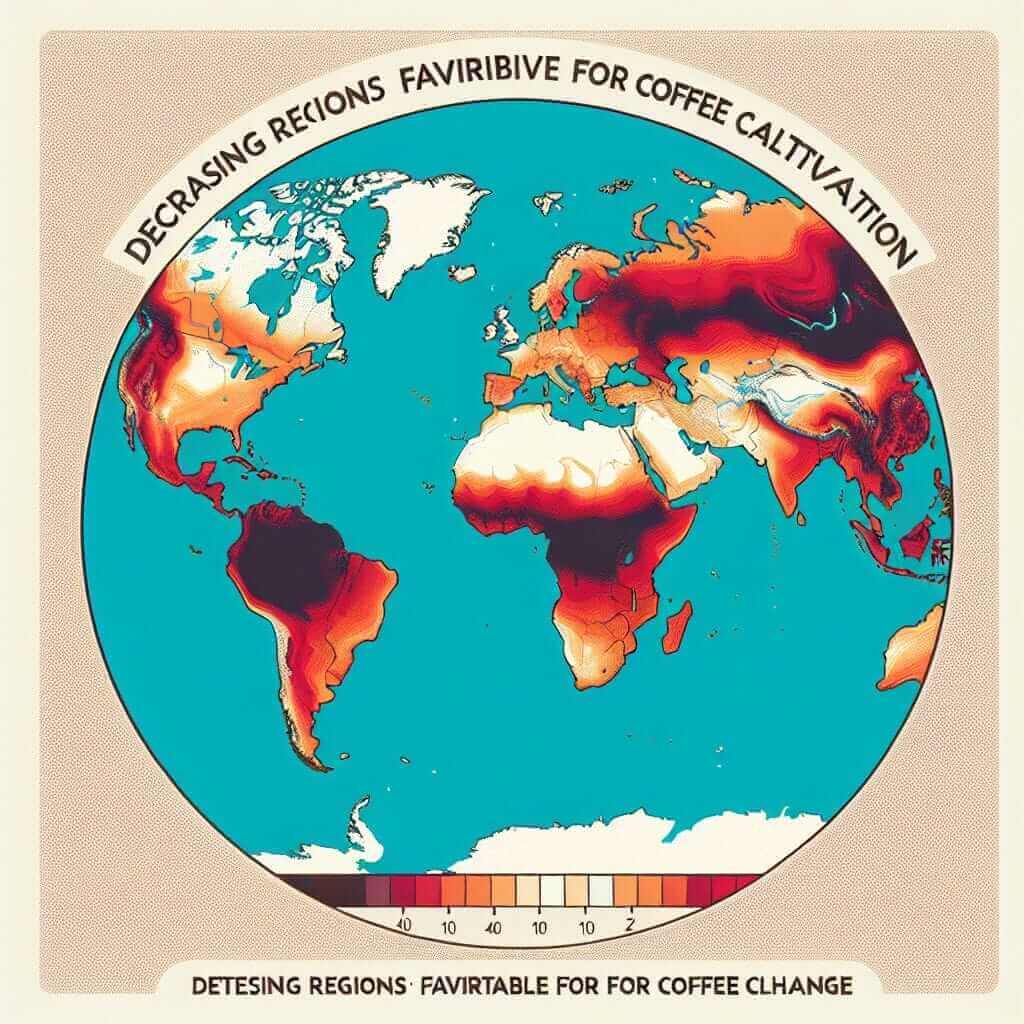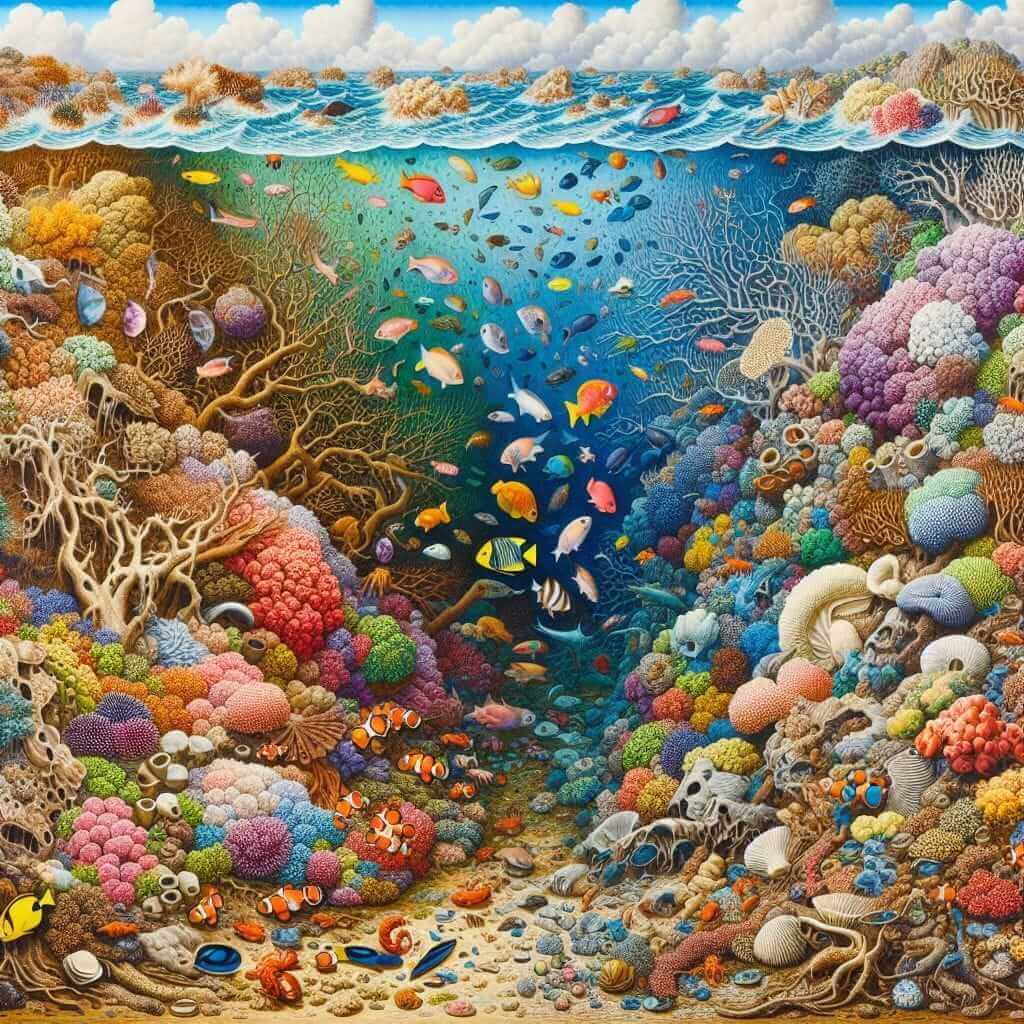The IELTS Reading section tests your ability to understand and analyze written texts on a variety of topics. One of the recurrent themes in recent years has been the impact of climate change—a topic that resonates with global concerns and is thus frequently featured in the exam. This bài viết sẽ cung cấp một bài đọc mẫu để những ai đang ôn luyện có thể thử sức, đồng thời sẽ mang đến âm hiểu biết sâu hơn về một chủ đề đang ‘nóng’ như “What are the effects of climate change on coastal communities?”
Nội dung bài viết
The Impact of Climate Change on Coastal Communities
Reading Passage: Medium Text
Paragraph 1: The Reality of Rising Sea Levels
Climate change is one of the most pressing issues of our time, and its effects on coastal communities are particularly devastating. One of the most alarming consequences is the rise in sea levels. Over the last century, the global mean sea level has risen by about 8-9 inches (21-24 cm). This increase is primarily due to melting ice caps and glaciers, as well as thermal expansion caused by the warming of ocean waters. Coastal communities are on the front lines of this change, facing increased risks of flooding, erosion, and storm surges.
 Impact of Rising Sea Levels
Impact of Rising Sea Levels
Paragraph 2: Socio-Economic Impacts
The socio-economic implications of climate change on coastal communities are multifaceted. Economies that are heavily reliant on tourism and fisheries are particularly vulnerable. As sea levels rise and coastal erosion accelerates, beaches and other recreational areas may disappear, causing a decline in tourism revenue. Additionally, the fishing industry may suffer due to changes in sea temperatures and the migration of fish populations, impacting the livelihoods of those dependent on it.
Paragraph 3: Health and Safety Risks
Another major concern is the health and safety of residents in coastal areas. The increased frequency of extreme weather events, such as hurricanes and typhoons, poses a significant threat to human life and property. Flooding can contaminate drinking water supplies with saltwater and pollutants, leading to public health crises. Moreover, the stress and anxiety associated with the constant threat of natural disasters can take a toll on mental health.
Paragraph 4: Adaptation and Mitigation Strategies
While the challenges are daunting, various adaptation and mitigation strategies are being implemented to safeguard coastal communities. Governments are investing in the construction of sea walls, flood barriers, and improved drainage systems. Efforts to restore mangroves and wetlands are also underway, as these natural barriers can absorb the impact of storm surges and reduce erosion. Communities are being educated on the importance of disaster preparedness, and new policies are being enacted to limit construction in vulnerable areas.
Questions
Multiple Choice
-
What is one of the primary causes of the rising global mean sea level?
a. Increased rainfall
b. Melting glaciers and ice caps
c. Deforestation
d. Atmospheric pollution -
Which industry is particularly vulnerable to the effects of climate change on coastal communities?
a. Manufacturing
b. Agriculture
c. Tourism
d. Technology
True/False/Not Given
- The article states that coastal communities have seen a tourism revenue increase due to climate change.
- Rising sea levels can contaminate drinking water supplies.
- The construction of sea walls is mentioned as an adaptive strategy.
Matching Information
6-8: Match the following impacts to the corresponding adaptation strategies.
a. Coastal erosion
b. Public health crises
c. Mental health stress
i. Construction of flood barriers
ii. Restoration of mangroves
iii. Disaster preparedness education
Answers
- b. Melting glaciers and ice caps
- c. Tourism
- False
- True
- True
- a-ii. Restoration of mangroves
- b-i. Construction of flood barriers
- c-iii. Disaster preparedness education
Common Mistakes
Some common errors when tackling this type of passage include:
- Misinterpreting key terms such as “thermal expansion” or “socio-economic implications.”
- Overlooking synonyms and making incorrect matches in True/False/Not Given questions.
Key Vocabulary
- Erosion (noun) /ɪˈroʊʒən/: the process of eroding or being eroded by wind, water, or other natural agents.
- Mitigation (noun) /ˌmɪtɪˈɡeɪʃən/: the action of reducing the severity or seriousness of something.
- Adaptation (noun) /ˌædæpˈteɪʃən/: the process of change by which an organism or species becomes better suited to its environment.
- Thermal Expansion (noun) /ˈθɜːrməl ɪkˈspænʃən/: the tendency of matter to change its shape, area, and volume in response to a change in temperature.
Grammar Focus
Complex sentences, which are prevalent in IELTS Reading passages, often confuse readers. For instance:
- Sentence example: “As sea levels rise and coastal erosion accelerates, beaches and other recreational areas may disappear, causing a decline in tourism revenue.”
- Structure: [Main Clause – As sea levels rise and coastal erosion accelerates], [Subordinate Clause – beaches and other recreational areas may disappear], [Result Clause – causing a decline in tourism revenue].
Conclusion
To excel in the IELTS Reading section, practice passages like these are invaluable. Familiarize yourself with common themes such as climate change and its impacts, refine your vocabulary, and improve your comprehension skills through regular practice. For more insights on related themes, you can refer to our detailed bài viết on What are the social implications of climate change on communities.
Advice: Consistent practice, exposure to diverse reading materials, and a strategic approach to answering questions are key to achieving a high score in the IELTS Reading section. Happy studying and good luck!


